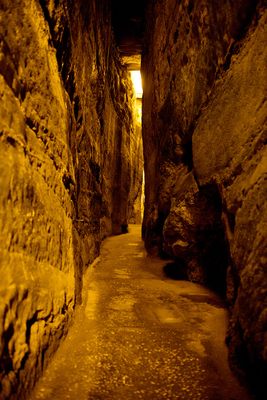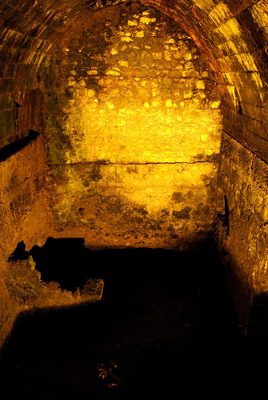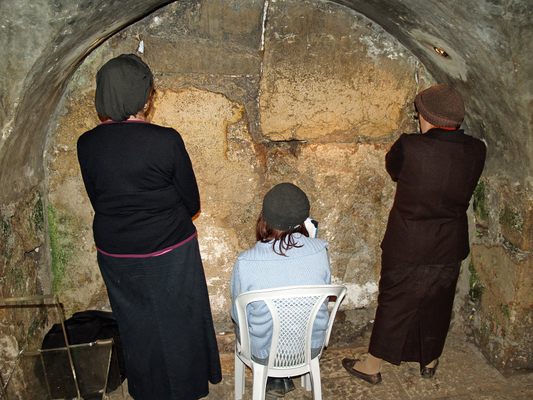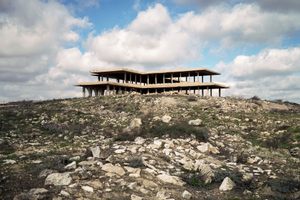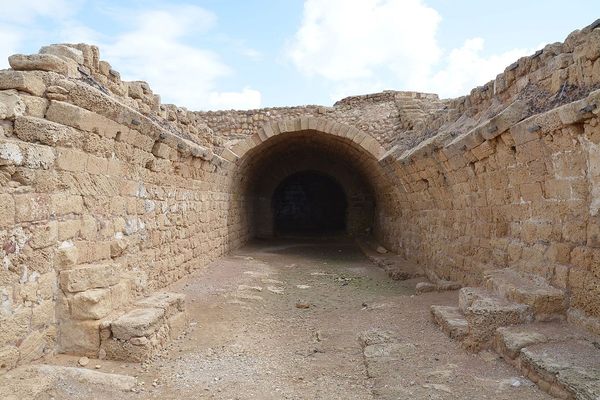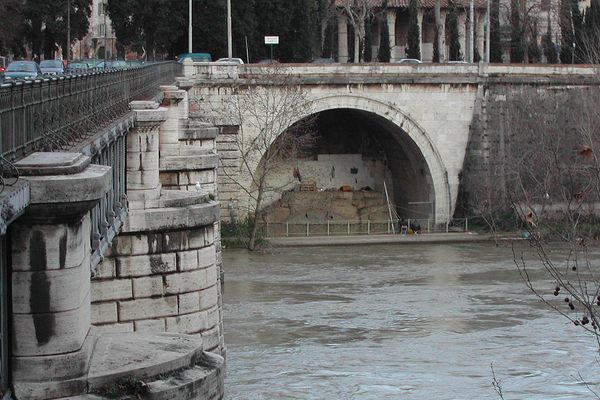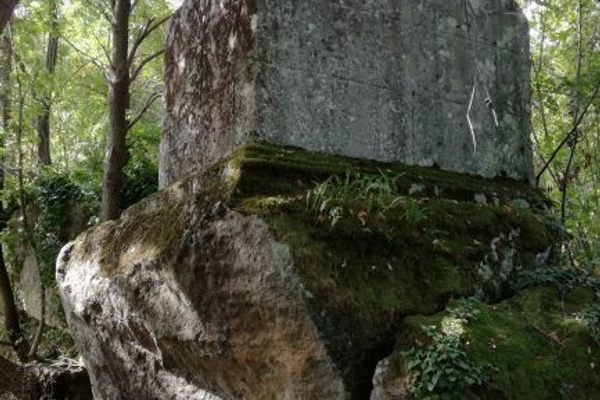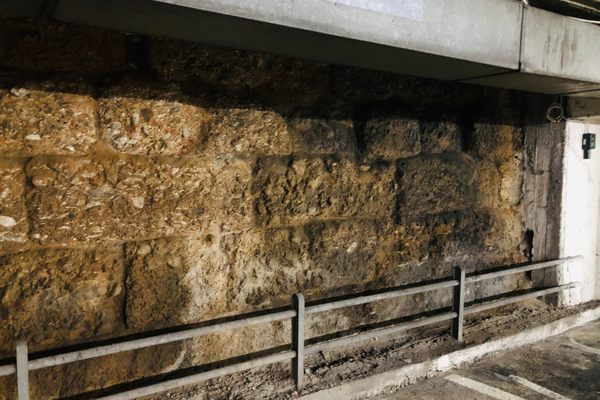About
In 19 BC, Herod the Great expanded the Temple on the Mount by flattening a plateau on the hillside and enclosing it with four stone walls. These walls still remain, the only original part of the historic temple, now regarded as a holy site for Jews who know it as the Kotel and leave prayers on tiny paper scrolls in its crevices. Lesser known is the tunnel beneath the wall, which may hold some ancient secrets.
When the Western Wall was built, in order for the retaining wall to support itself at least half of its height had to be underground. It's estimated that some 10,000 laborers carried out the work of digging the tunnels and building the walls around the new temple.
This massive piece of infrastructure was uncovered in the 19th century, when researchers from Britain unearthed the tunnels. However, the researchers weren't able to discern what they were because the excavation was halted by political conflict. For 50 years the tunnels remained an unexplained mystery, but in 1967 Israel's Ministry of Religion picked up the project of excavating the entire length of the wall. In addition to dating the wall, excavators found various structures that illustrated and uncovered pieces of Jerusalem history.
One such discovery is Warren's Gate (named for one of the original British researchers), a clandestine entrance to the temple from underground. When Jerusalem was overtaken by Muslims during the Crusades, Jews were allowed to pray in the tunnels. The Gate was and is a popular place to pray because it is believed to be the closest point of access to the Holy of Holies within the temple.
The tunnels were also public works. They contained numerous channels that supplied water to the temple, as well as a pool that may have been a bath or cistern. There is also architectural evidence that both the Romans and the Muslim Caliphates that ruled Jerusalem performed reconstruction on the tunnels, indicating they used them as thoroughfares.
The tunnels today are open to the public, attracting history lovers who marvel at the precision of this ancient architecture and the faithful glad for the close access to the holy wall. Paper prayers can be found tucked into cracks even this far below ground. The Western Wall Tunnels are still slowly being excavated, and new artifacts, from ancient coins to earthenware, are still being found.
Related Tags
Community Contributors
Added By
Published
January 27, 2017


